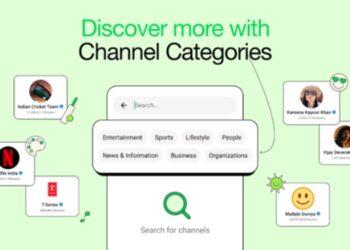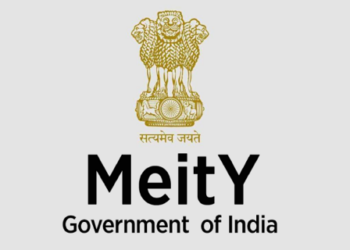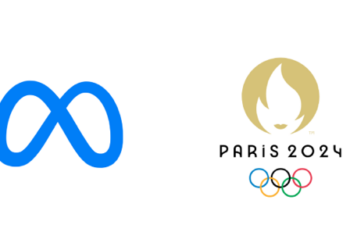The FAANG companies may be sinking their teeth into the video market but they are now under as much pressure as their traditional TV rivals and need to diversify business models in order to stay ahead says research from IHS Markit.
YouTube is rebranding and expanding its YouTube Premium subscription service and other measures to raise revenue and to address rising competition in the advertising market, while maintaining the company’s position as the world’s leading online video platform.
After having dominated the online video market for so long, IHS Markit notes that its competition is increasingly coming from specialist platforms such as Twitch and Instagram and that Apple iTunes is also drawing from the population of music-video viewers who have traditionally helped differentiate YouTube from its ad-supported competitors.
Yet despite the actions of stronger rivals, the analyst calculates that the current markets for YouTube Premium, excluding the music-only tier, are expected to generate revenue of nearly $2 billion in 2022. Furthermore, it projects that the likely revenue generated by YouTube Premium in 2022 will equate to 7% of the $27 billion the company is expected to make worldwide from advertising. Nearly three-quarters of YouTube Premium subscription revenue will come from the United States, followed by Europe with 13%, Asia-Pacific with 6%, and Mexico and Canada making up the remaining 9%.
“To date, online video advertising growth has been fuelled by the movement of advertising budgets, particularly from traditional TV – a rising tide that has lifted all the major platforms,” remarked Dan Cryan, executive director of digital media, IHS Markit. “At some point, this budget migration will slow, however, and the battle for audiences will be intensified as a battle for ad spending.”
Looking on a wider scale, IHS Markit also believes that content monetisation methods outside of advertising will help to deliver higher revenues to its content producers, keeping them loyal to the platform and by extension, their audiences. Examples of these methods it says include paid individual channel subscriptions, an integrated merchandise store and the recently expanded and rebranded YouTube Premium subscription.
“The YouTube Premium subscription leans into its position as a music platform, to drive uptake and expand its offer,” added Max Signorelli, home entertainment research analyst for IHS Markit. “A well justified move considering the exceptional growth of Spotify and Apple Music subscriptions, which between them gained 3.5 million subscribers per month in the first quarter of this year.”
















